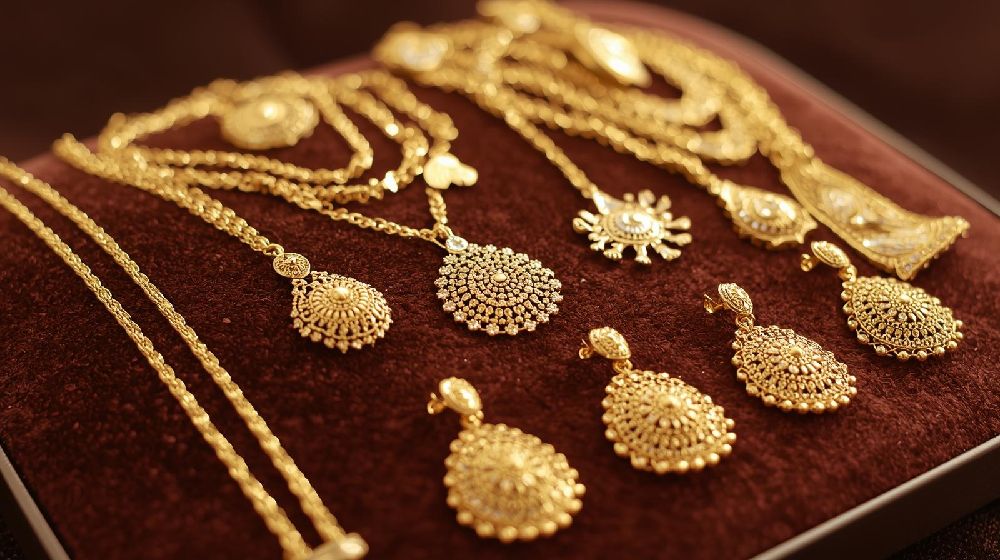
Behind every glittering jewel lies a story not just of beauty — but of precision, pressure, and perseverance.
Jewelry production is a world where artistry meets engineering, and creativity meets constraint. As consumer tastes evolve and technology advances, manufacturers face a fascinating dual challenge — to preserve traditional craftsmanship while embracing modern methods. The journey from raw metal to radiant masterpiece is no longer just about design — it’s about adapting to an ever-changing landscape of materials, machines, and market expectations.
- The Balancing Act: Tradition vs. Technology
The jewelry industry stands at the crossroads of heritage and innovation. Traditional handcrafting techniques carry cultural and emotional value, but modern consumers demand precision, speed, and perfection.
Manufacturers must balance the warmth of handmade artistry with the accuracy of CNC, 3D printing, and laser welding technologies. The challenge? Integrating automation without losing authenticity — ensuring that every piece still tells a human story, even when made by a machine.
- The Rising Cost of Materials
Gold and precious metal prices fluctuate daily, posing one of the biggest challenges for jewelry producers. Maintaining consistent pricing while ensuring profitability demands smart sourcing and inventory management.
Producers are now exploring alternative materials like gold-filled and gold-plated metals to balance affordability with luxury. However, maintaining durability and finish in such products requires advanced coating technologies and meticulous quality control.
- Crafting Precision in Miniature
Jewelry production is a test of micro-level accuracy. A single millimeter can change the symmetry of a design or affect its wearability. As designs become more intricate — featuring fine twists, 3D engravings, and multi-tone patterns — the need for high-precision machines and skilled artisans grows stronger.
The challenge lies in blending mechanical consistency with the human touch that gives jewelry its soul.
- Sustainability and Ethical Sourcing
Today’s customers are conscious buyers. They want to know where their jewelry comes from and how it’s made.
Producers are under increasing pressure to adopt eco-friendly practices, use recycled gold, and ensure ethical gemstone sourcing. While this shift promotes responsibility, it also introduces higher costs and stricter production standards — making it a challenging yet essential evolution in the industry.
- Labor Skill Gap and Training
As new technologies enter the industry, finding artisans who understand both traditional techniques and digital tools is becoming difficult. Manufacturers now invest heavily in training programs and upskilling workshops to help artisans adapt.
Building a team that can navigate both handcraft and high-tech is one of the most pressing challenges facing jewelry production today.
- Quality Control in Mass Production
Scaling production without compromising quality is another major hurdle. Each piece must pass stringent checks for polish, finish, and purity.
To overcome this, many producers are adopting AI-assisted inspection systems and automated measurement tools that detect micro-defects invisible to the human eye. This fusion of technology and craftsmanship ensures that every piece upholds the brand’s promise of perfection.
Conclusion – The Future is Forged in Fire and Innovation
The jewelry industry’s journey forward is one of resilience, creativity, and reinvention.
While challenges in production — from material costs to precision and sustainability — continue to shape the field, they also spark innovation. Manufacturers who embrace technology while honoring tradition will define the next golden age of jewelry.
Because true brilliance isn’t just in the sparkle — it’s in the struggle, the skill, and the spirit that bring every piece to life.


